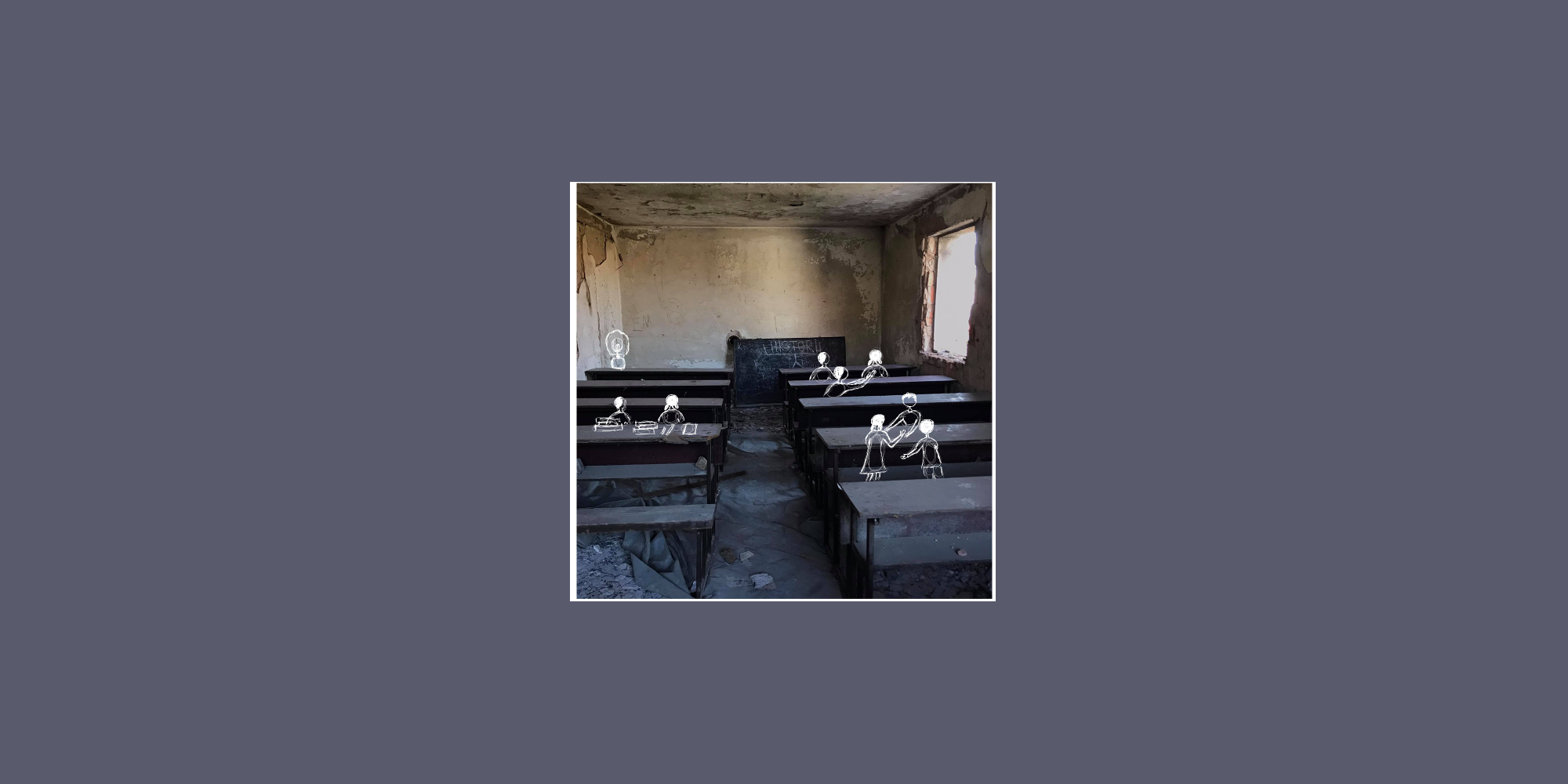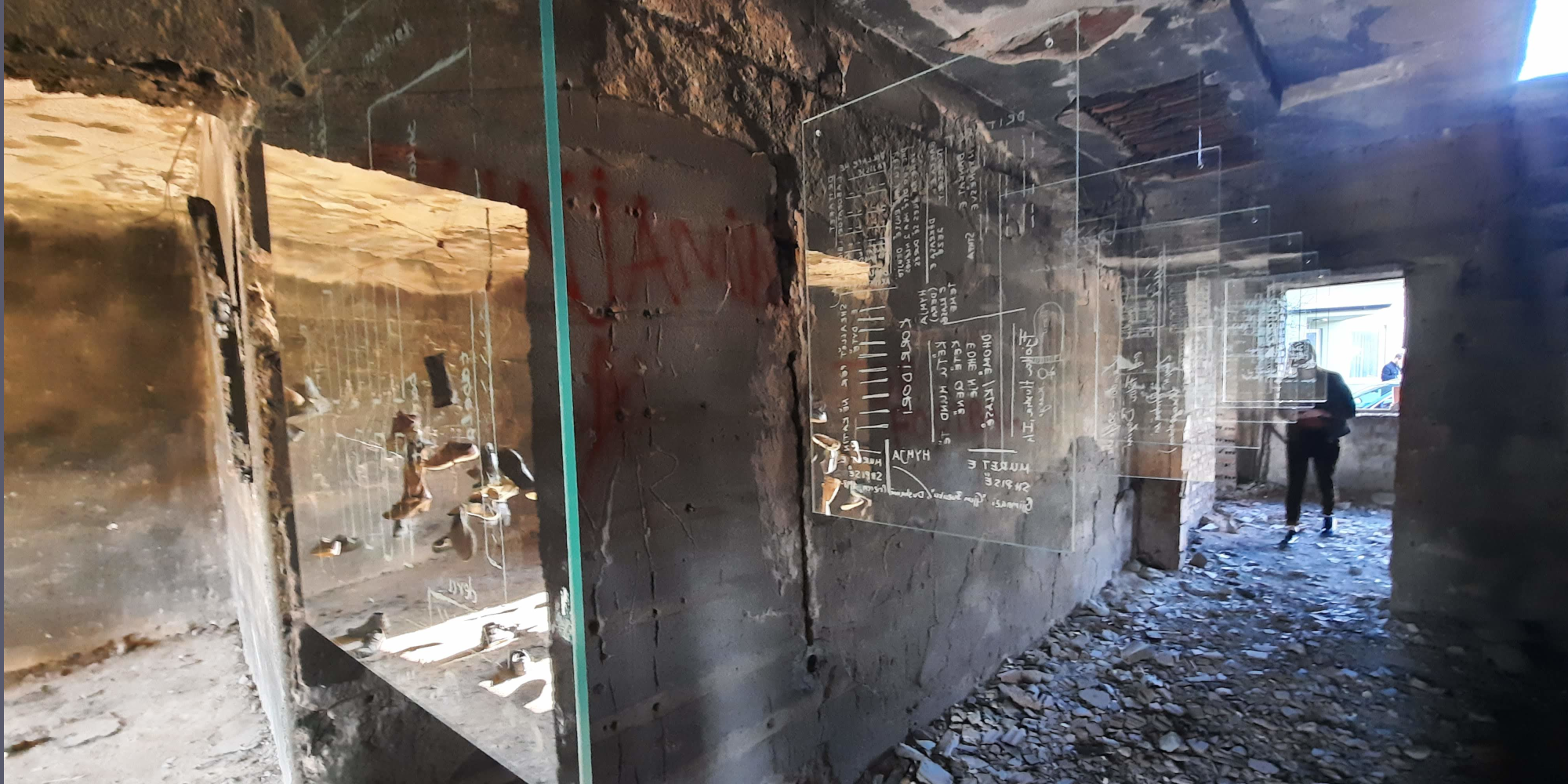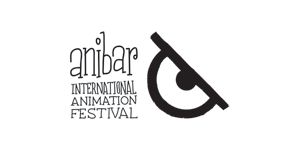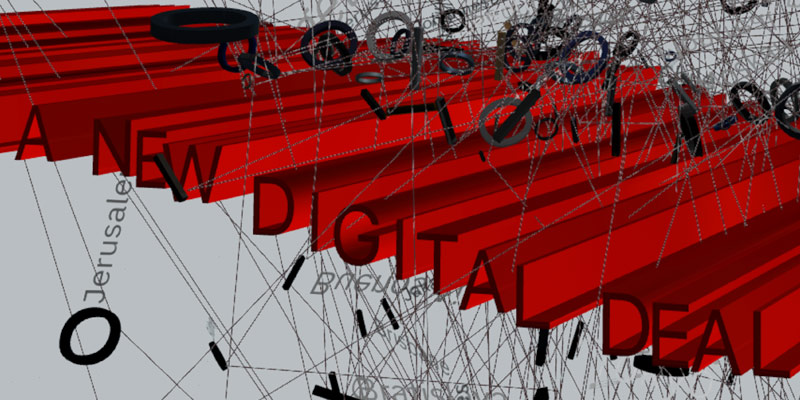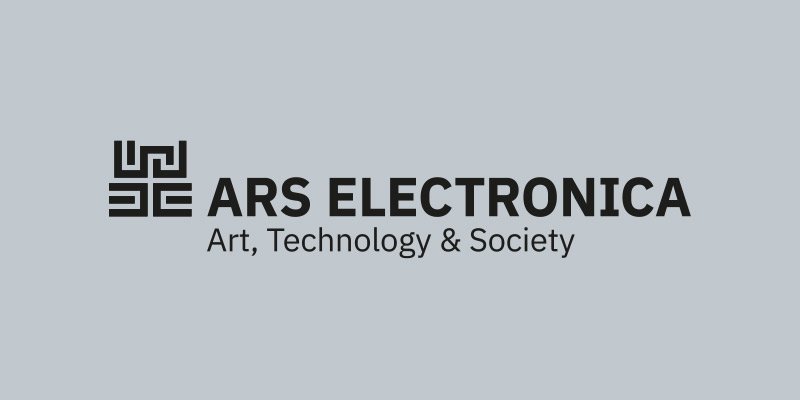This program explores the power of the 360 video in representation of the past as tools in educating the new generations and giving a wider perspective on different narratives to wider audiences.
The space in the 360 virtual tour is called the Hertica house school, serving as one of the main high schools during the 90s in Kosovo during the period of the home-school system as a parallel education and is considered to be the pillar of resistance of that time.
The house school system was considered the backbone of resistance during the 1990s in Kosova. The new constitutional amendments adopted after 1989 annulled Kosova’s educational autonomy whereby the very act of going to school became an epitome of defiance to systematic loss of rights. This was followed by complete segregation at all levels of Albanian language education. In what is known as the 1990s peaceful civil resistance. Barred from entering school premises, teachers, students, and pupils began a series of daily protests in school yards and the University of Prishtina campus. Primary school teachers began inviting their class to their homes and others were invited by parents of pupils. The decision to try a school house system in private homes and facilities was proposed. On 8 August 1990 the Assembly of Serbia repealed the entire body of educational legislation passed by the Assembly of Kosova in order to impose a uniform curriculum on the whole of Serbia. Teachers in Kosova decide to continue working with the curriculum approved by the administration of the Autonomous Province under the constitution of 1974. Students and teachers however continued schooling in over 3,000 adapted spaces – homes, garages, mosques, churches – around Kosova.
The Hertica house school was one of the private houses that turned into a school.
Credits
This Journey was created by art and animation students during the implementation of the project of ReSpace. This part of the creation of the 360 degrees video was implemented by Anibar, Lapsi360, and the University of Prishtina.
ReSpace is part of the AHRC funded project Changing the Story, led by Leeds University. The project is run by University of Rwanda, Pristina University and Bournemouth University with partner institutions Anibar, Kosovo and the African Digital Media Academy, Rwanda.
